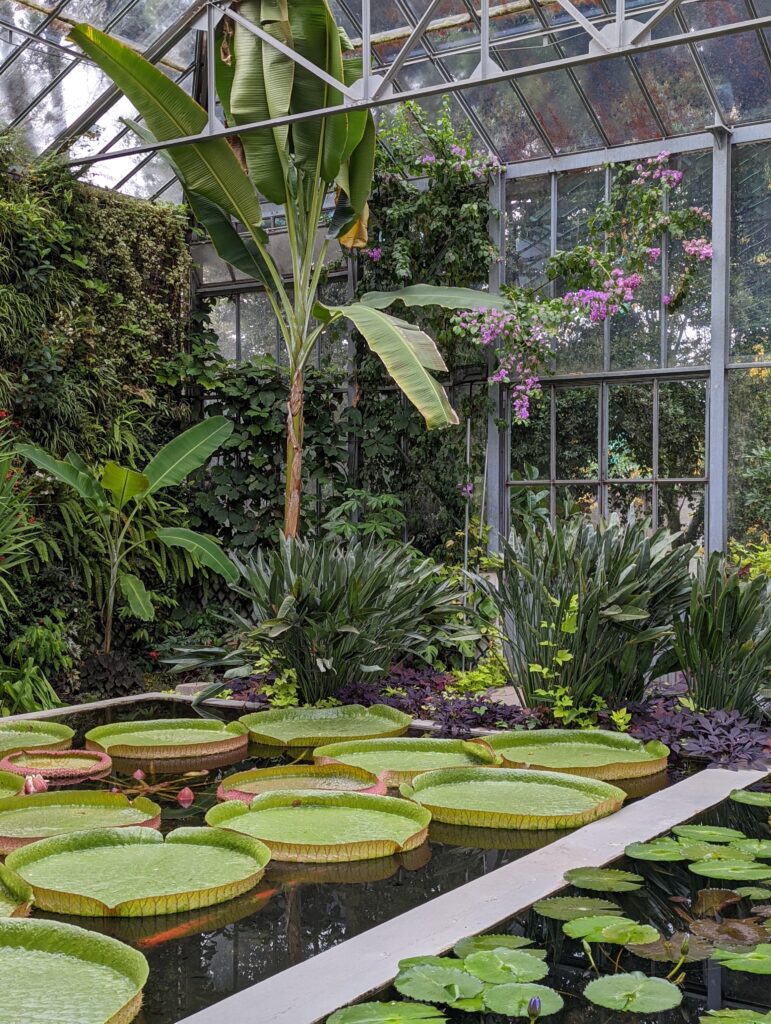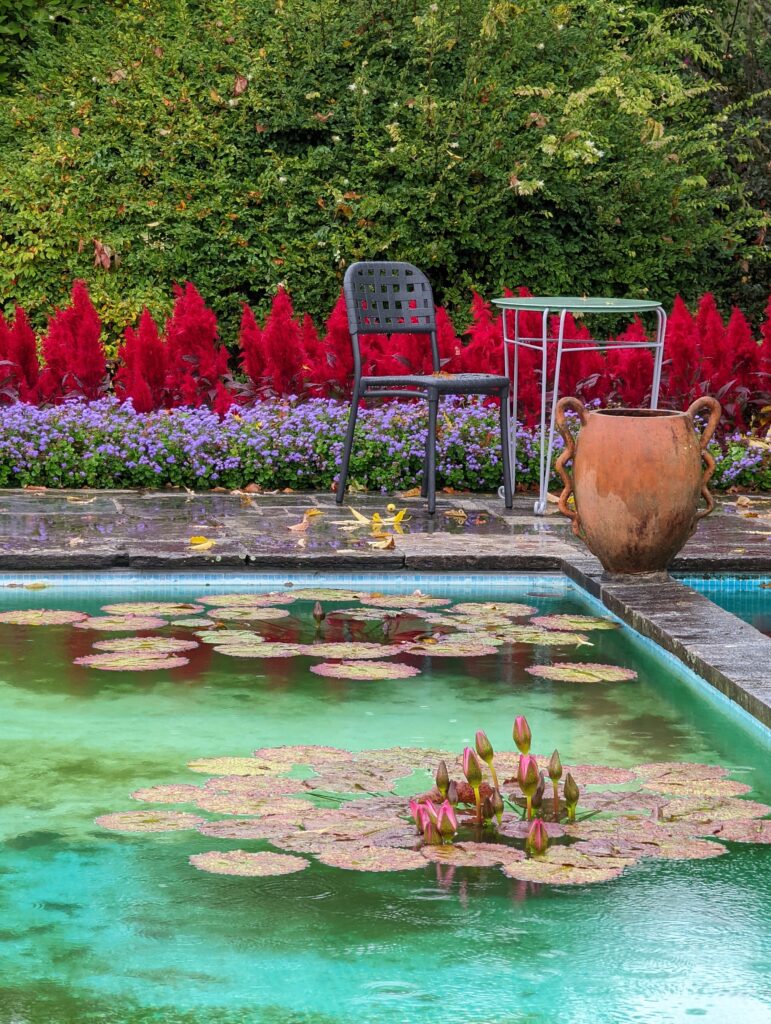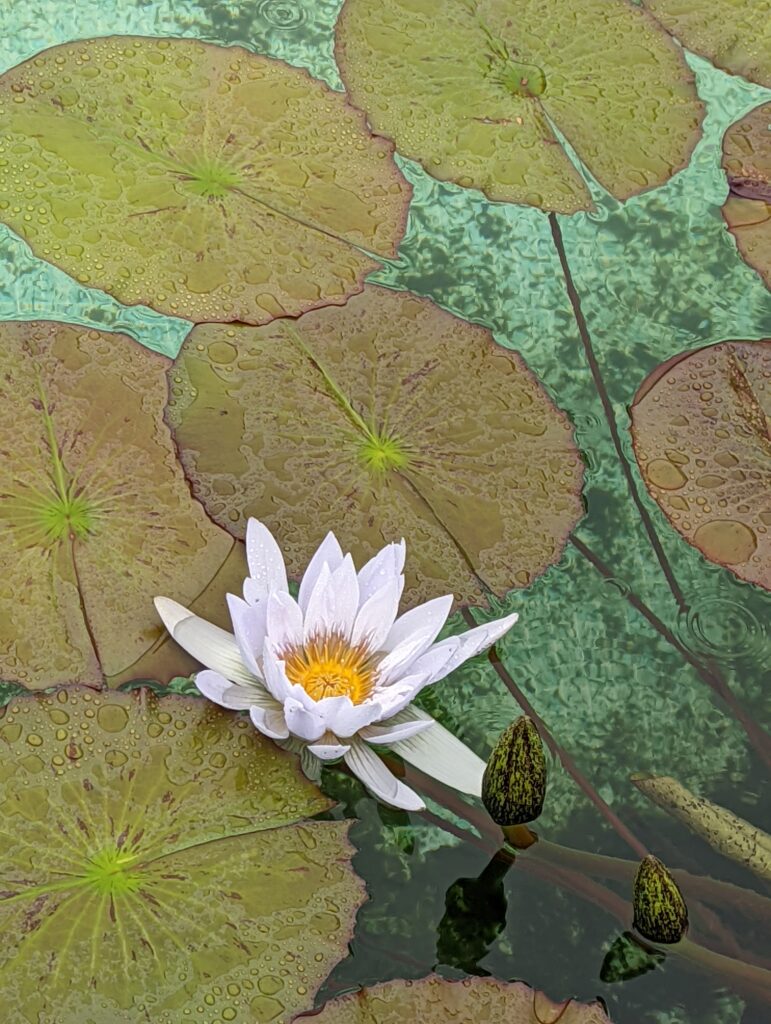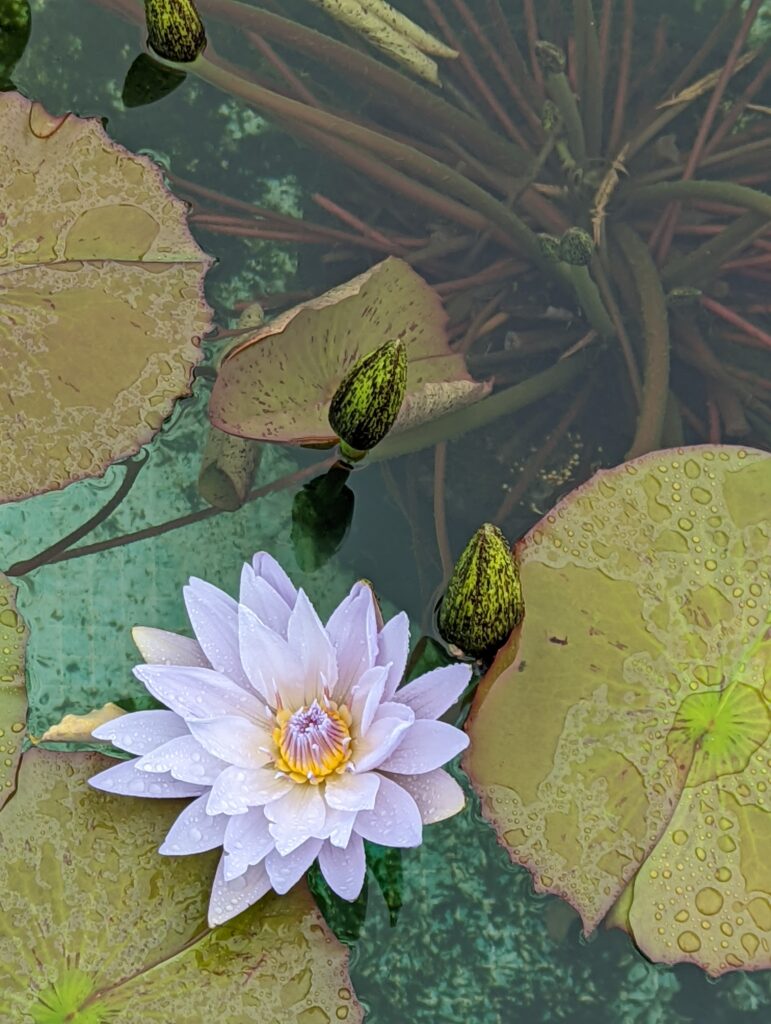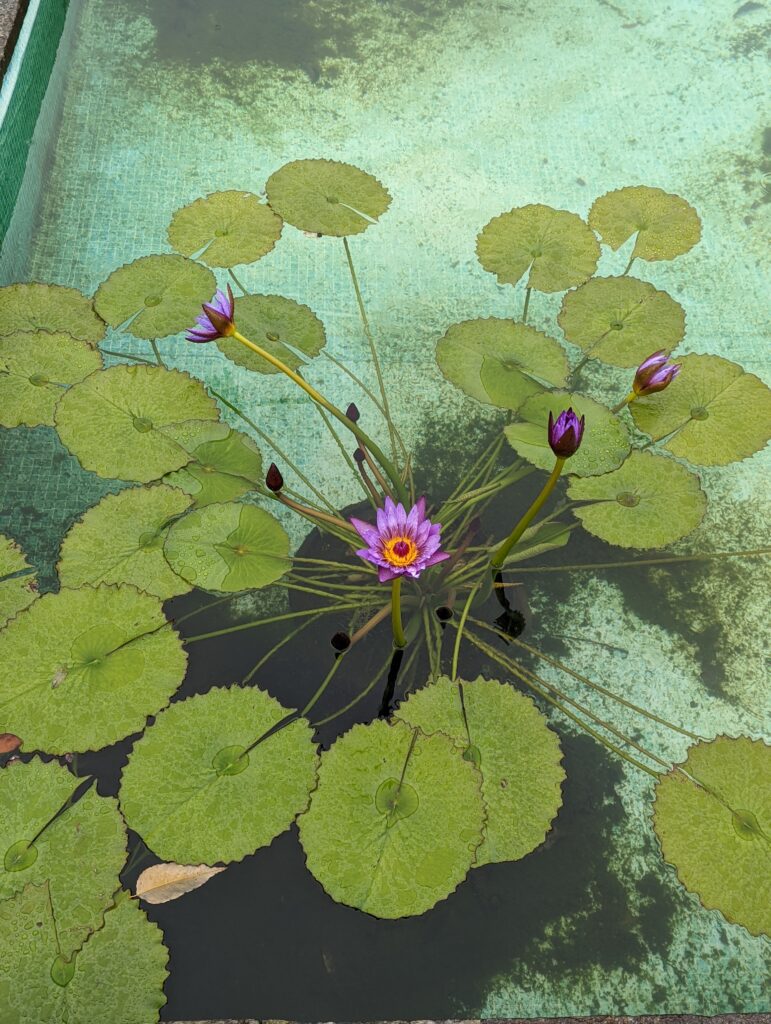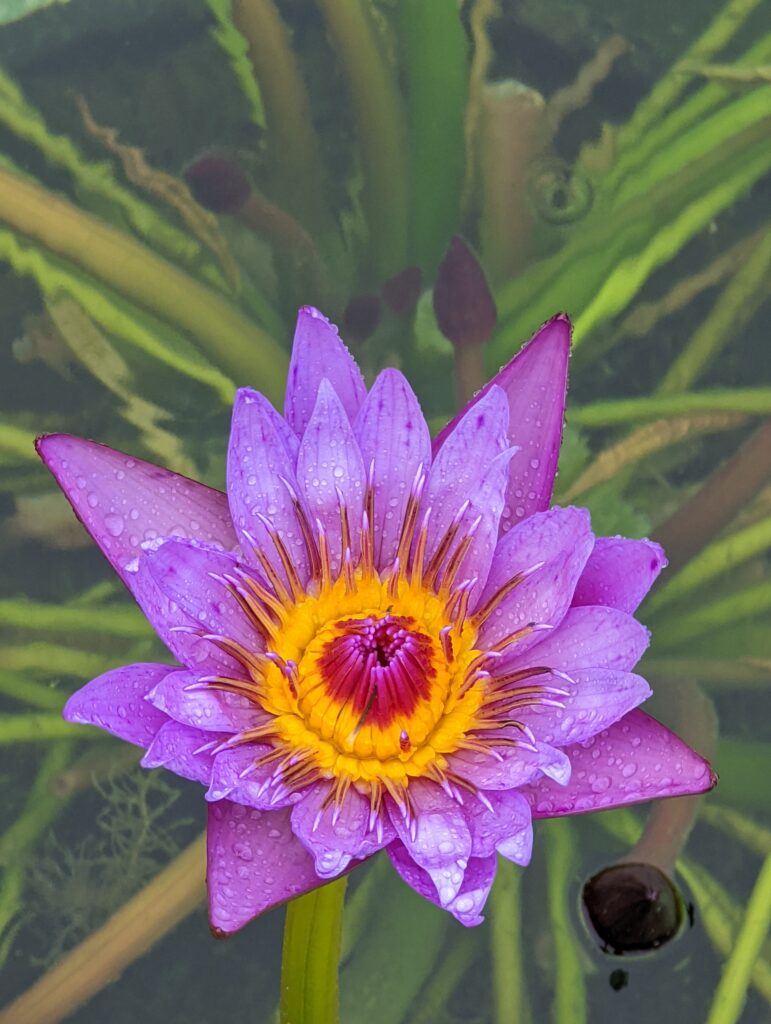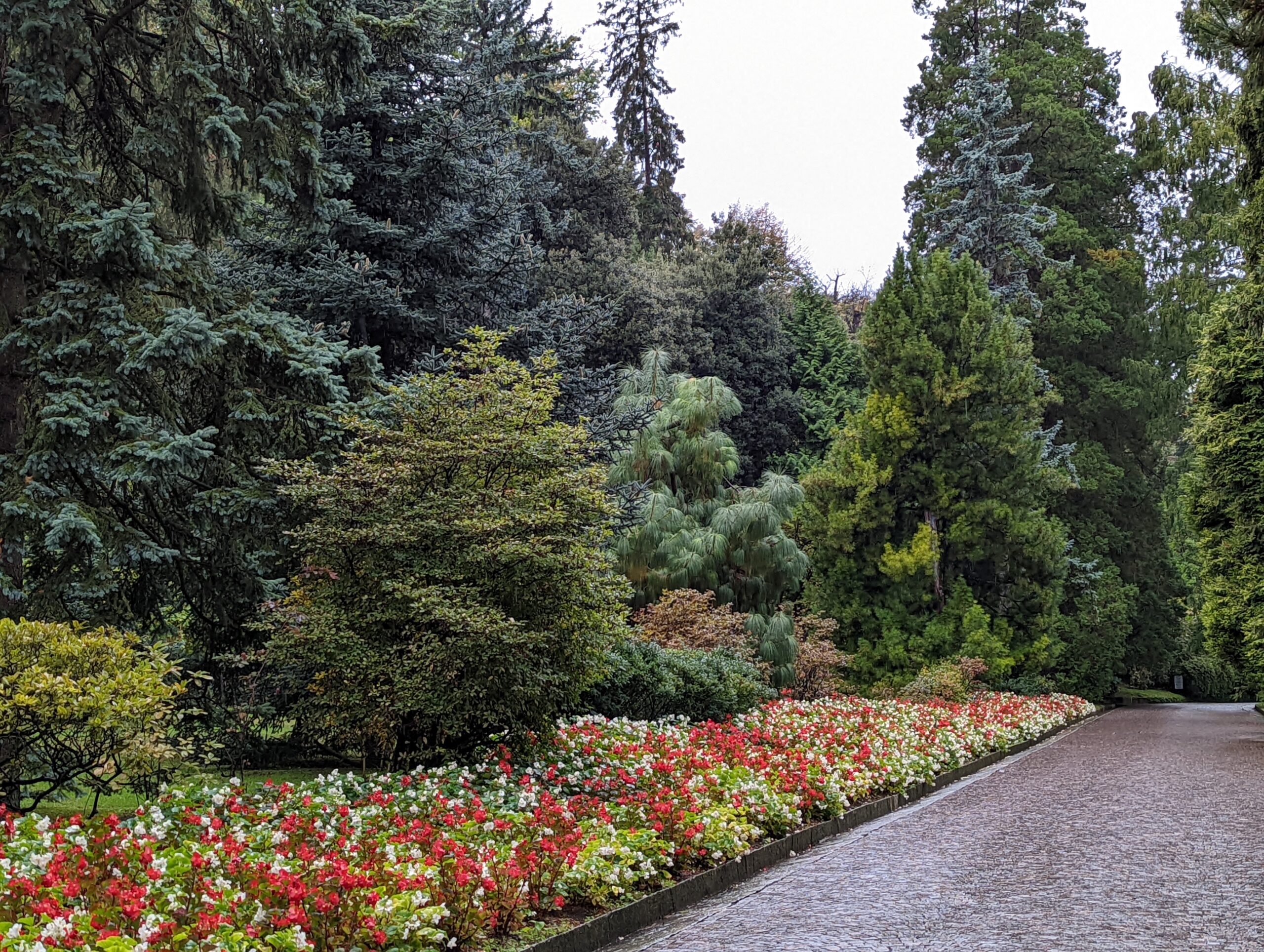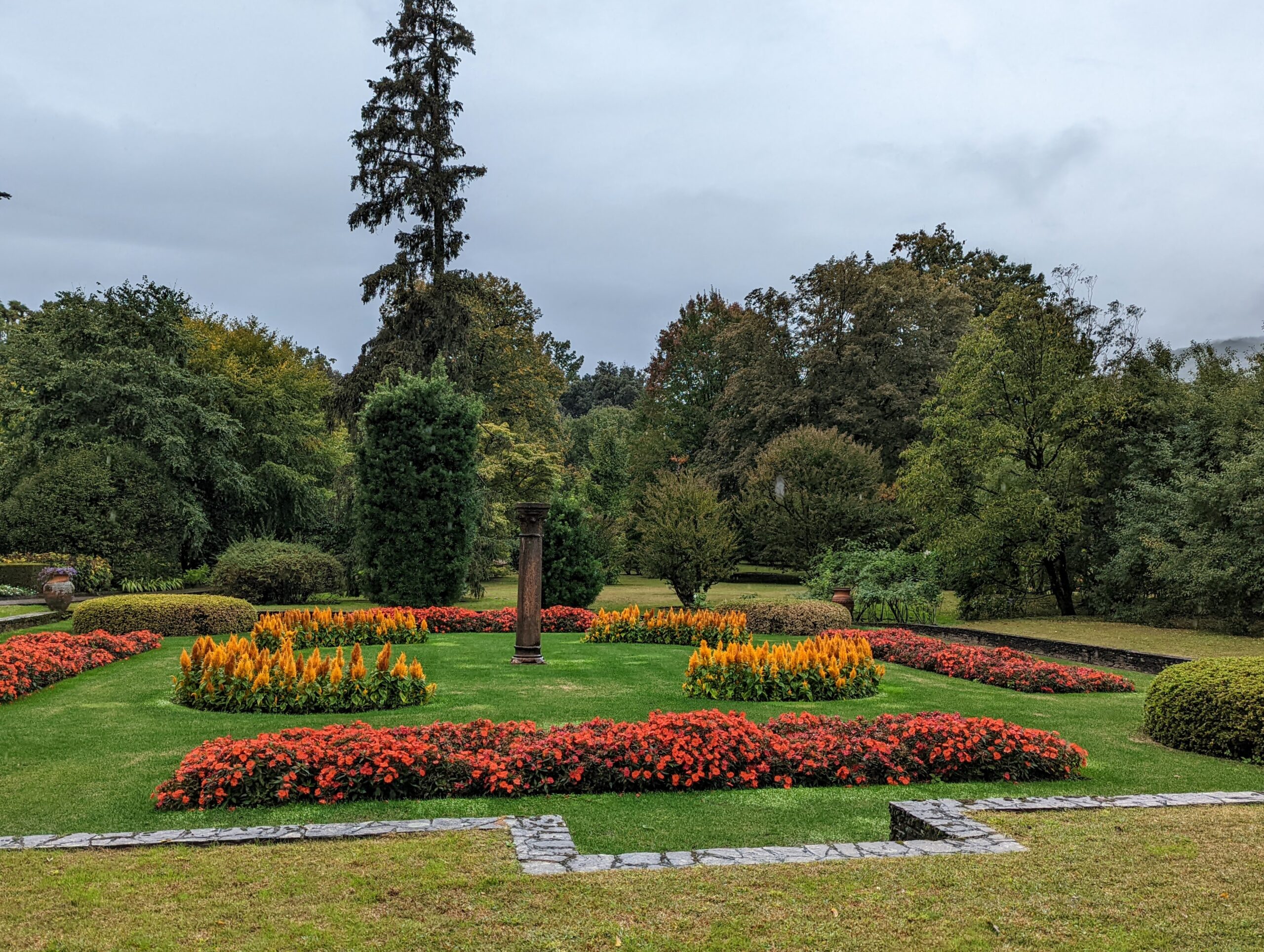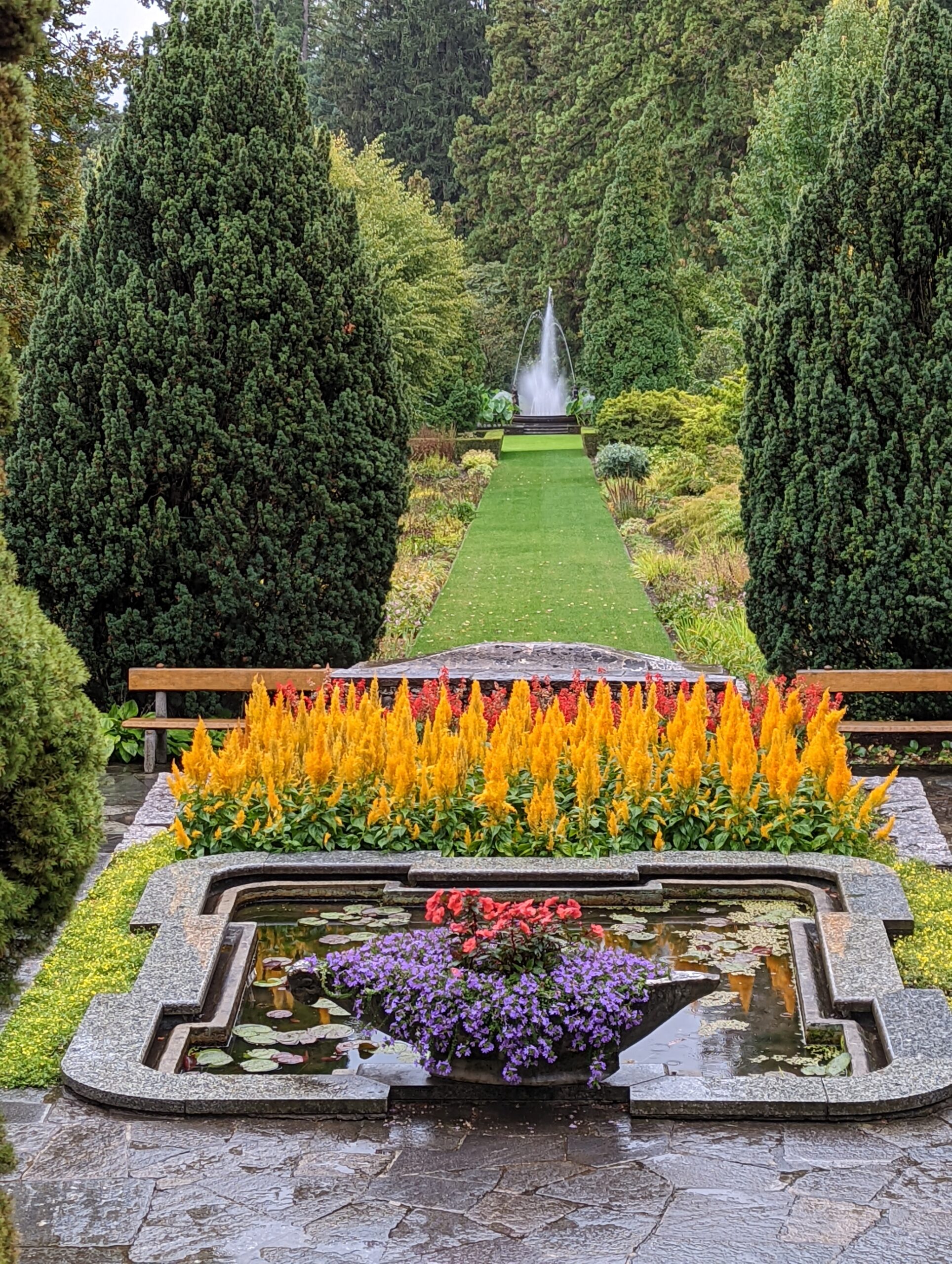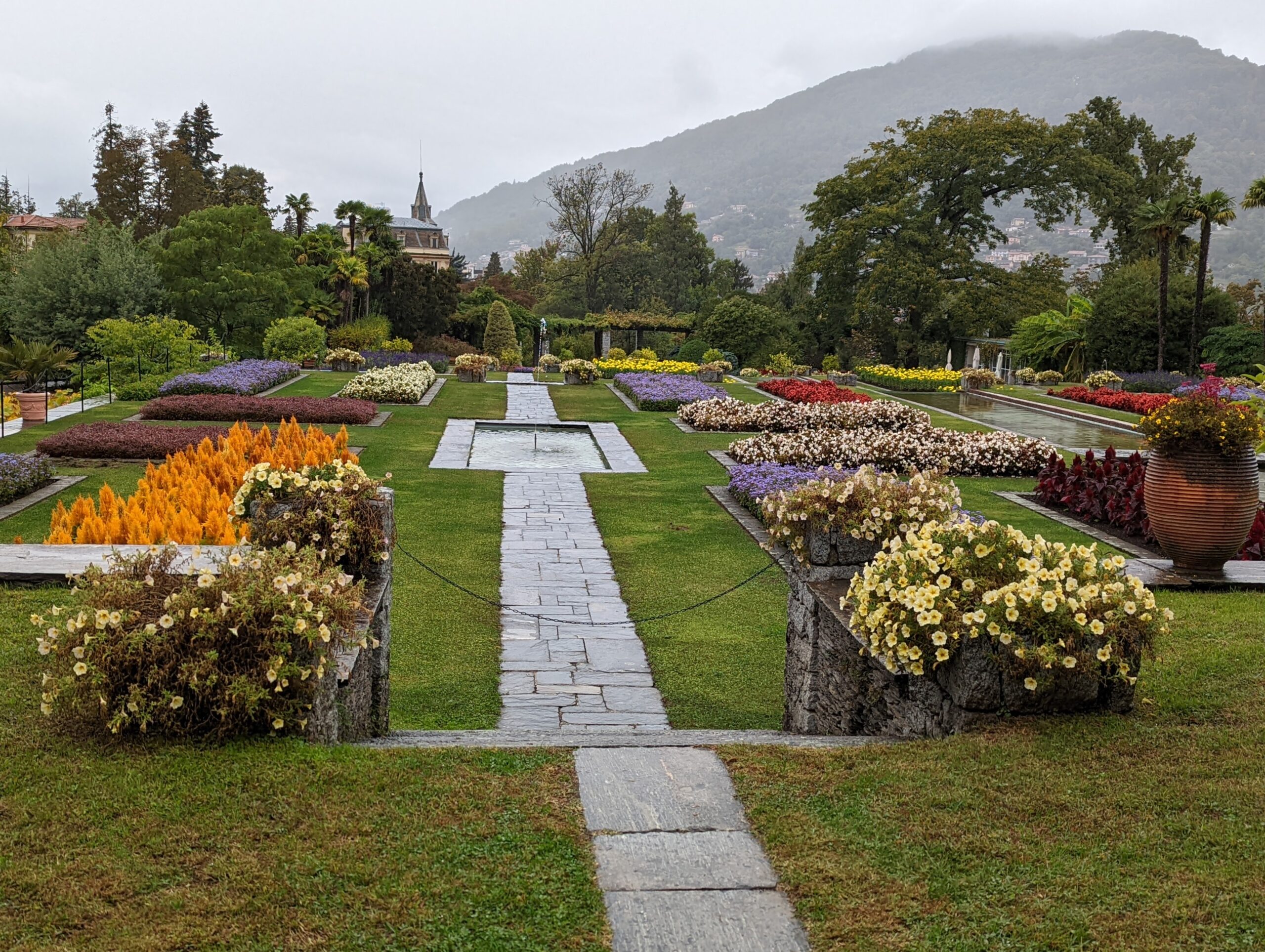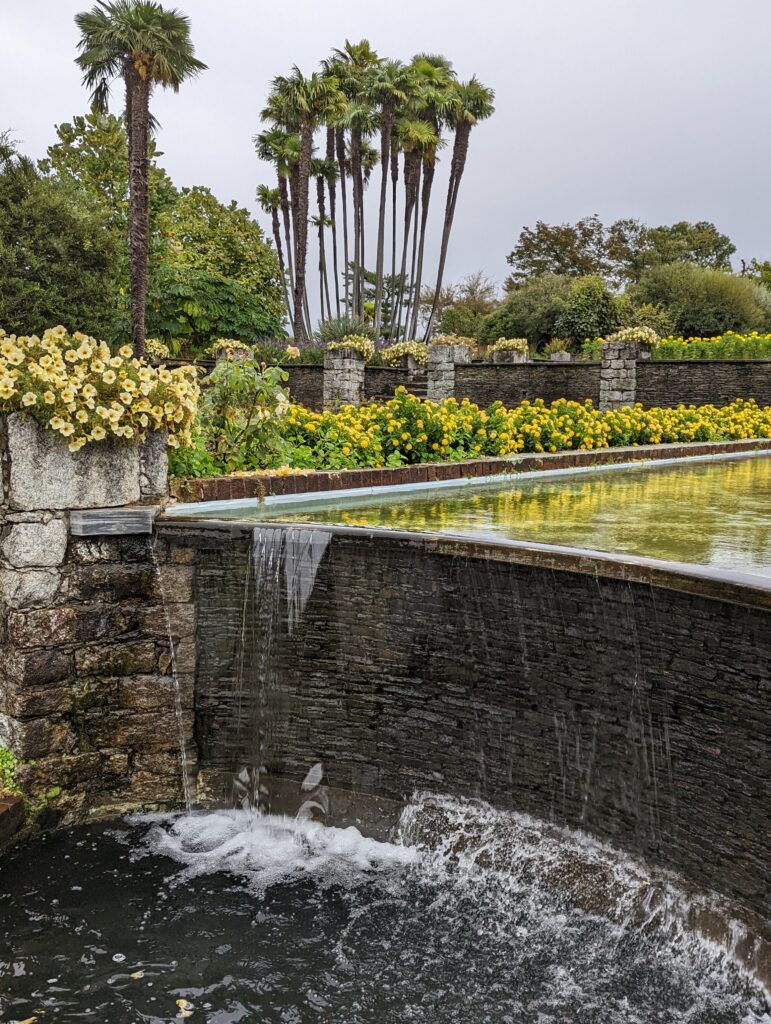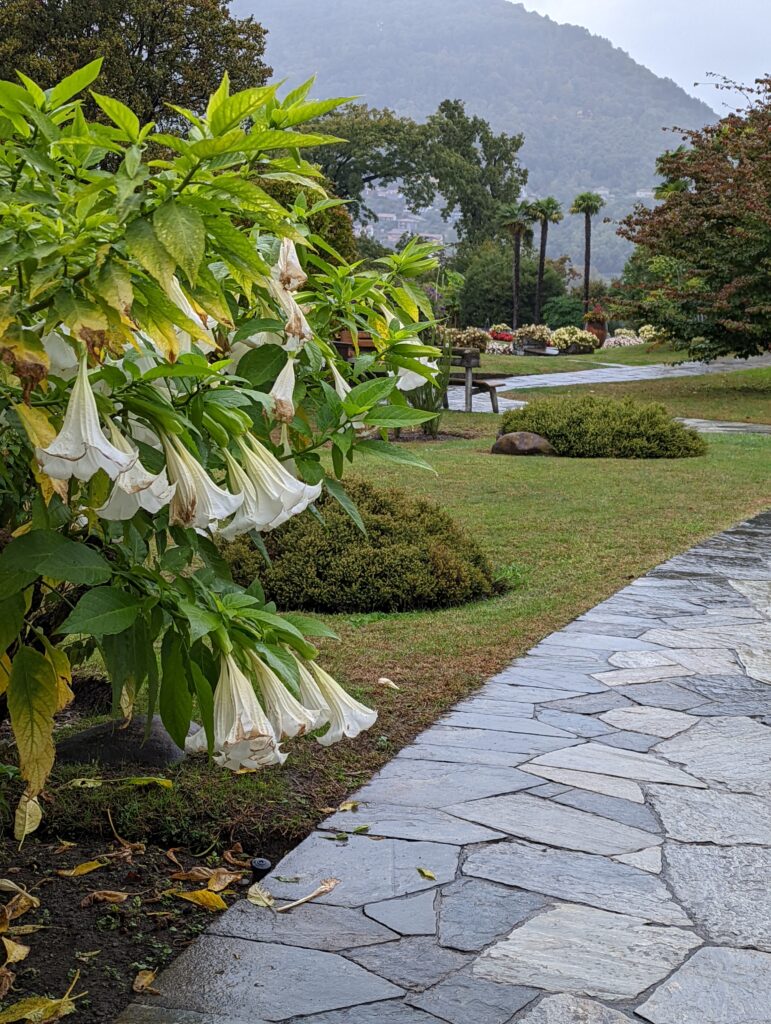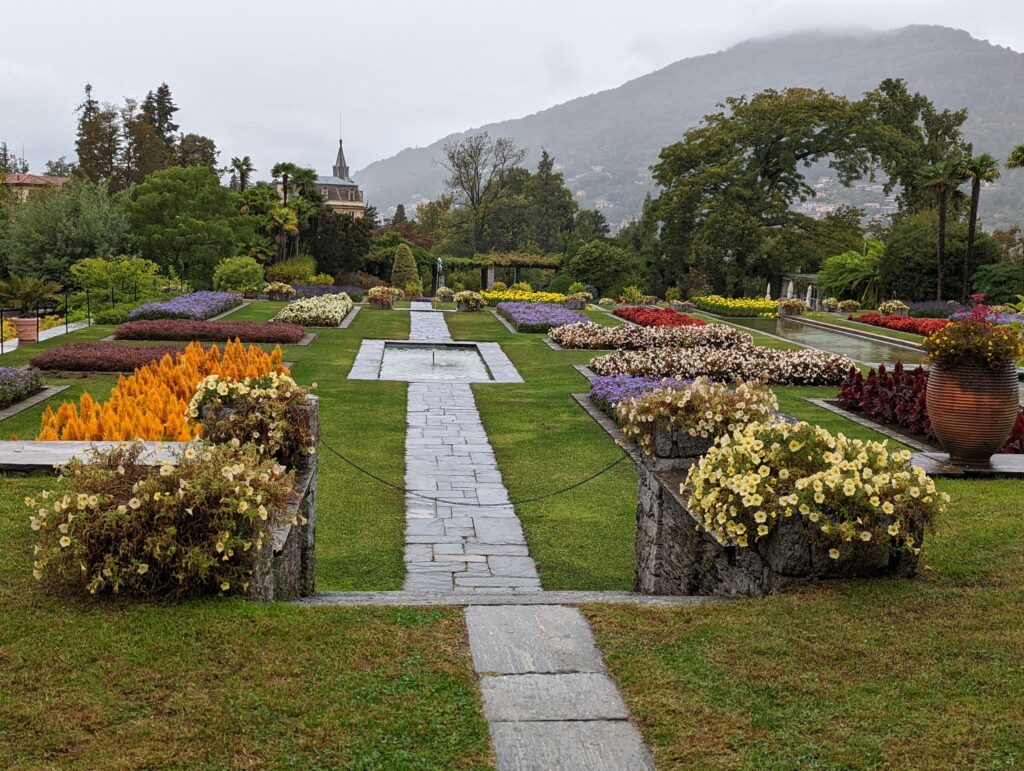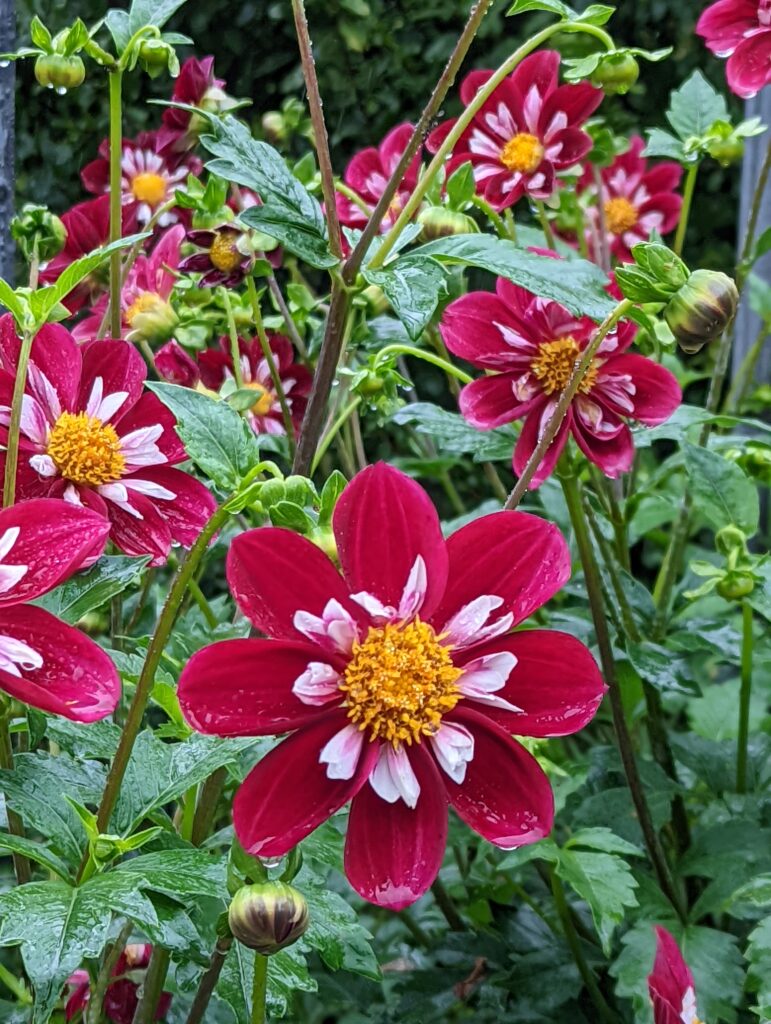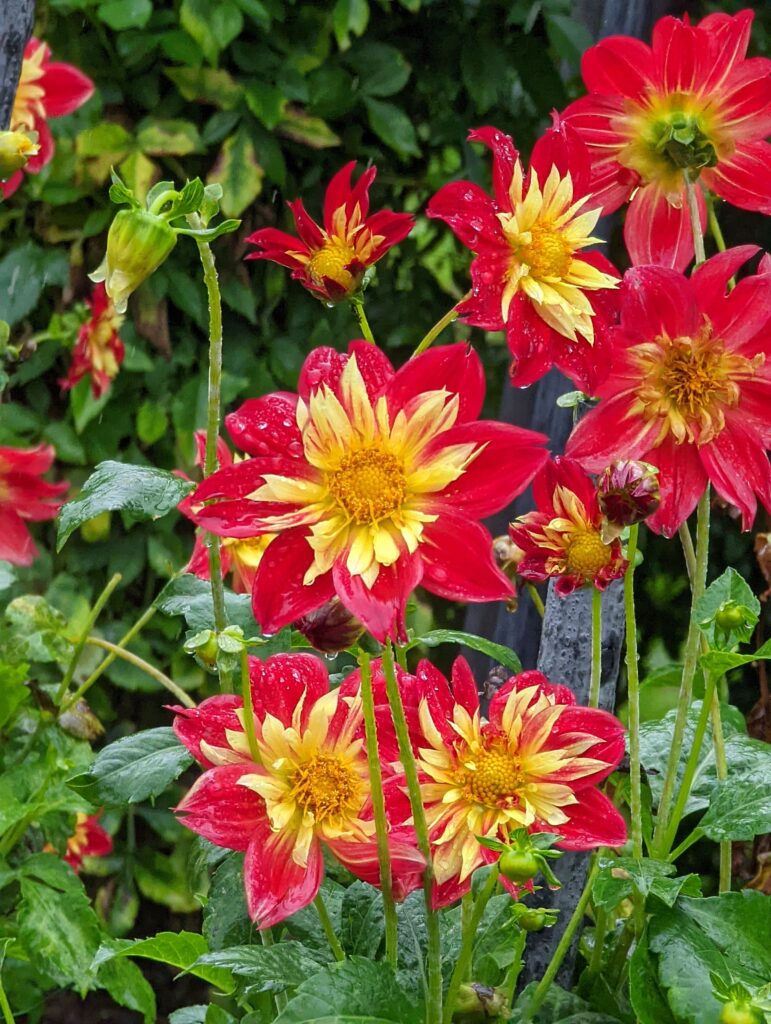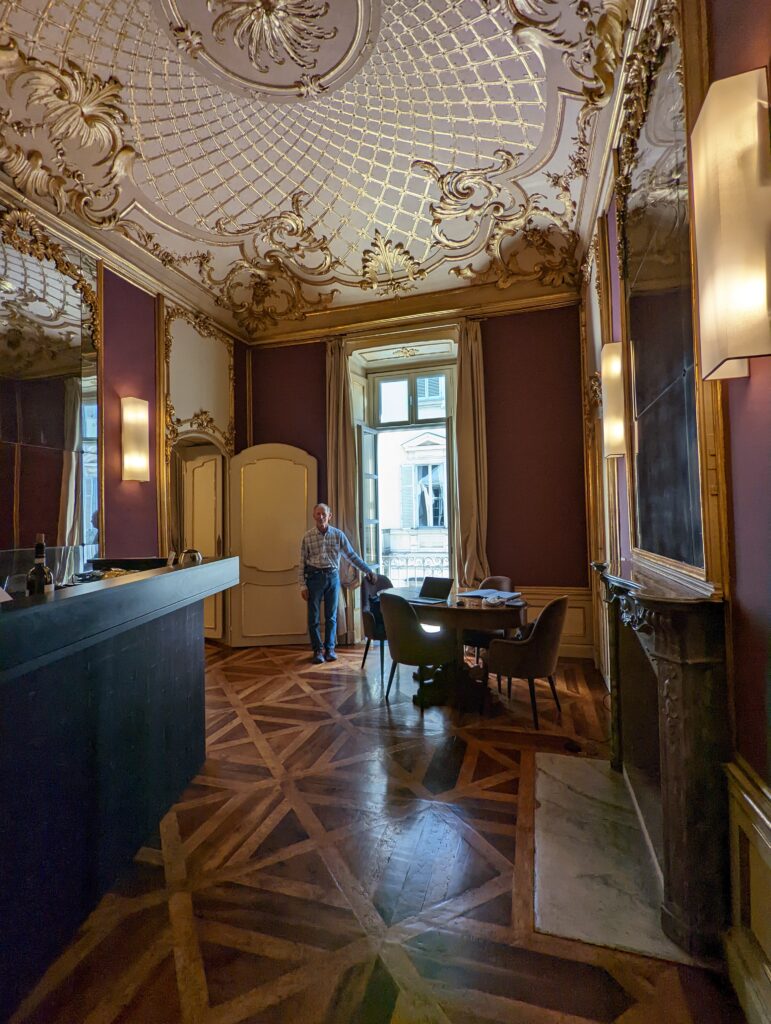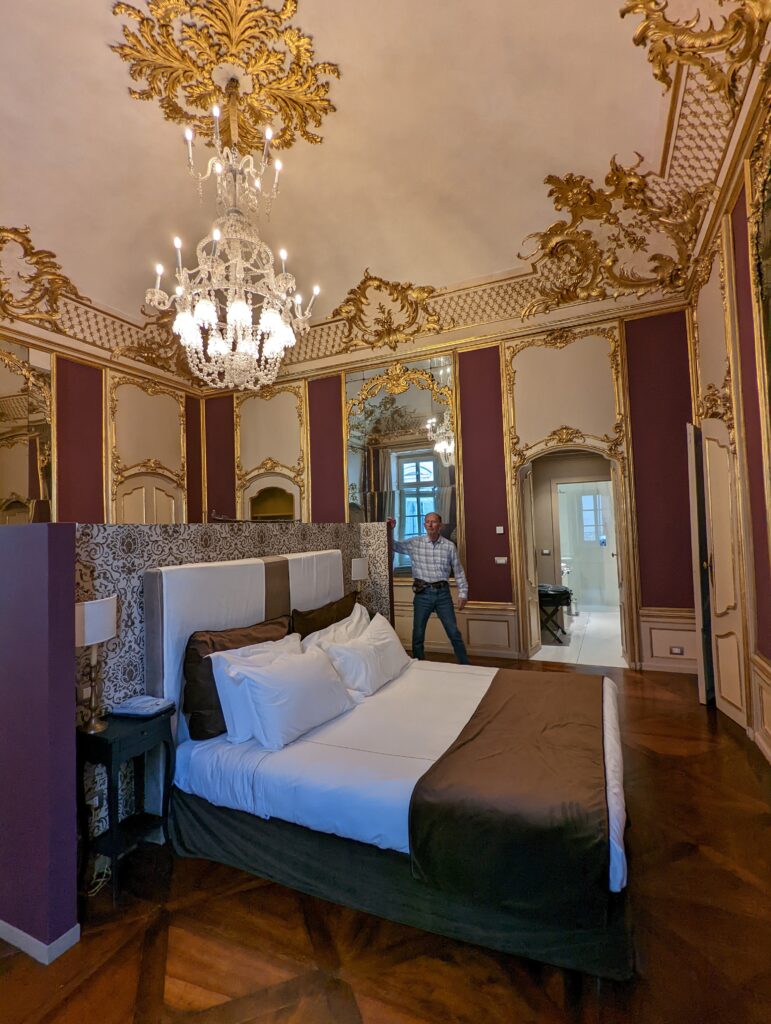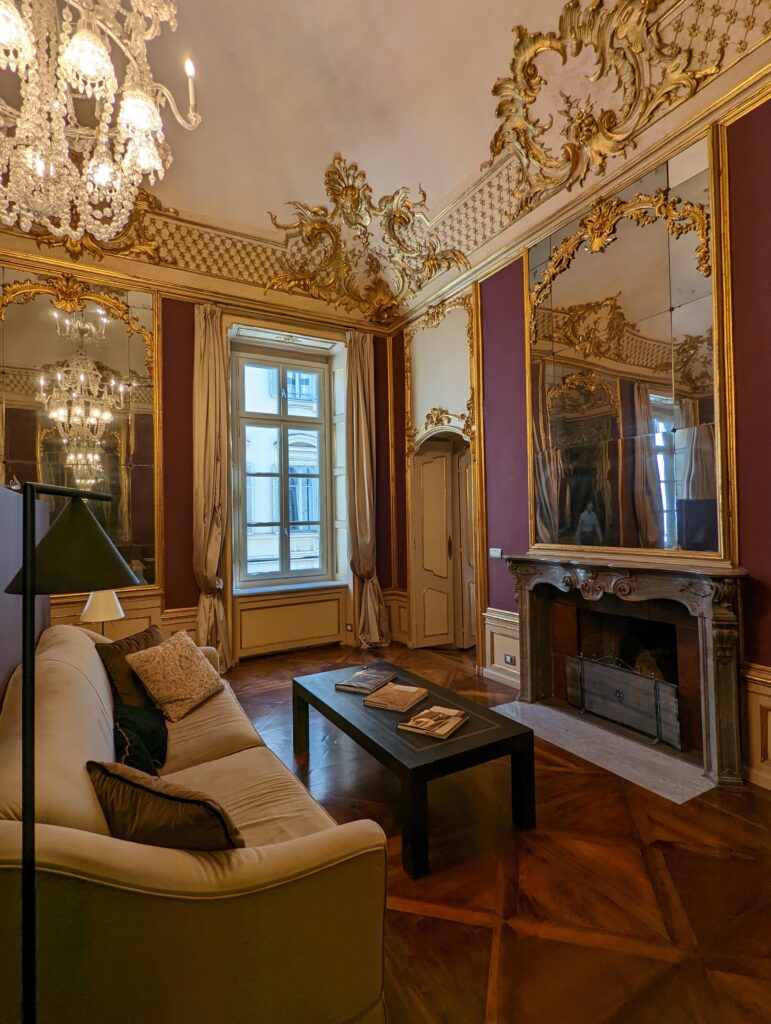Ribe was the far point in our planned trip through the Danish countryside, almost 300 kilometers from Copenhagen. But our goal was to see some of the Danish countryside outside of Copenhagen, and Ribe was worth the effort to get there. At well over a thousand years of inhabitation, Ribe is the oldest settlement in all of Scandinavia. It’s also lovely, as is the countryside along the route. The clouds were magnificent, and so was the pristine farmland with nary an electric line in sight. Approaching Ribe, we got a sense of the delightful experience that awaited us.




But we were feeling frazzled and stressed, or at least I was. Why? It involved an electric car we rented from Hertz that had a fairly short range. “Don’t worry, they’ve got electric chargers at almost every gas station,” said the rental agent at the counter in Copenhagen. “You can just use your credit card.”
I’ll be as brief as I can in summarizing the woes of this car. Enough to say that your credit card will be denied unless you’ve downloaded an app for that charger (and maybe even if you do have the app). That there are many brands of chargers, and each requires a different app. That you cannot download the app “on the fly” unless you have internet on your phone. That I do not have internet on my phone while traveling abroad. And that although the chargers exist at many gas stations, they are not affiliated with the stations, and the attendants know nothing about them and can’t help. Fortunately, the very nice Danish customers at other chargers nearby will help, and after two painful charging experiences, we arrived in Ribe. There, we were completely unable to charge our albatross car at three separate charging locations.
But this blog post is not about that. It’s about the charming town of Ribe and the curative properties of the magical Wadden Sea.
Ribe has been inhabited for some 1,600 years. I think it’s safe to say that none of the houses we saw this month has survived since that time. But still, the town changes slowly. Here are two pictures of the same spot ninety years apart.


Some of the houses do show their age and look to be, well, maybe three or four hundred years old. Maybe more. They seem right for a town that’s as proud of its long history as Ribe is. All in all, the effect is unmitigated charm.






The residents are welcoming. Open gates lead to charming inner courtyards. For example, the Bladt-Hansen family welcomes visitors to their backyard, with a view over the gardens. A café and shop in the same structure face the street. Here’s a link to read about their house and its history. On this page, you can also see the commercial side of the property, and how they have restored it to a look similar to the one it might have had when it was built–over five hundred years ago.
Thank you, dear family, for giving us a peek inside!
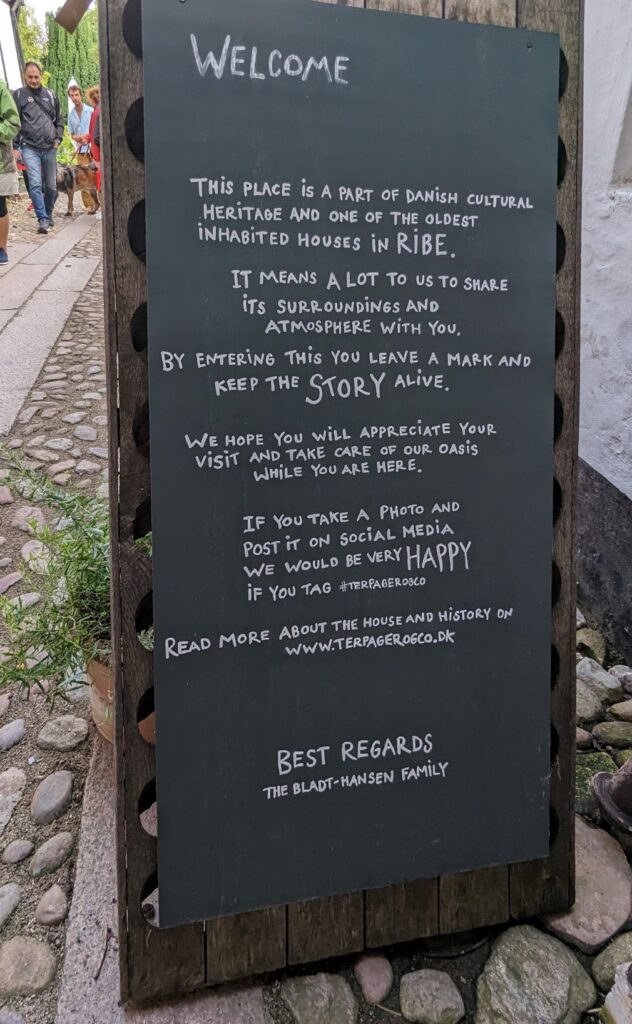
Fortunately, the friendly hotelier in the lovely Kammerslusen Hotel outside of Ribe allowed us to hook our electric albatrossvehicle up to an outdoor electric outlet.


I’d like to add here that, in addition to a sparklingly clean room with a view of the river Ribe Å, the Kammerslusen also offers an excellent dinner menu and great Danish hospitality. Surprisingly (to us, anyway), it’s not within walking distance of the town, an attribute we generally look for. Instead, it’s located well withing the Wadden Sea National Park, a large nature preserve of marshes and tidal flats that borders (and extends into) the North Sea.
We climbed the protective dike along the coastal marshlands and got a close look at the lock at the mouth of the river. I gained a whole new respect this day for the sheer beauty of this seaside terrain.




The next day, we knew with certainty what we had to do. Thanks to the Kammerslusen, we had enough charge to get to a Hertz counter, where we traded in the car for a car whose fuel we could pay for with credit card or with cash.
























